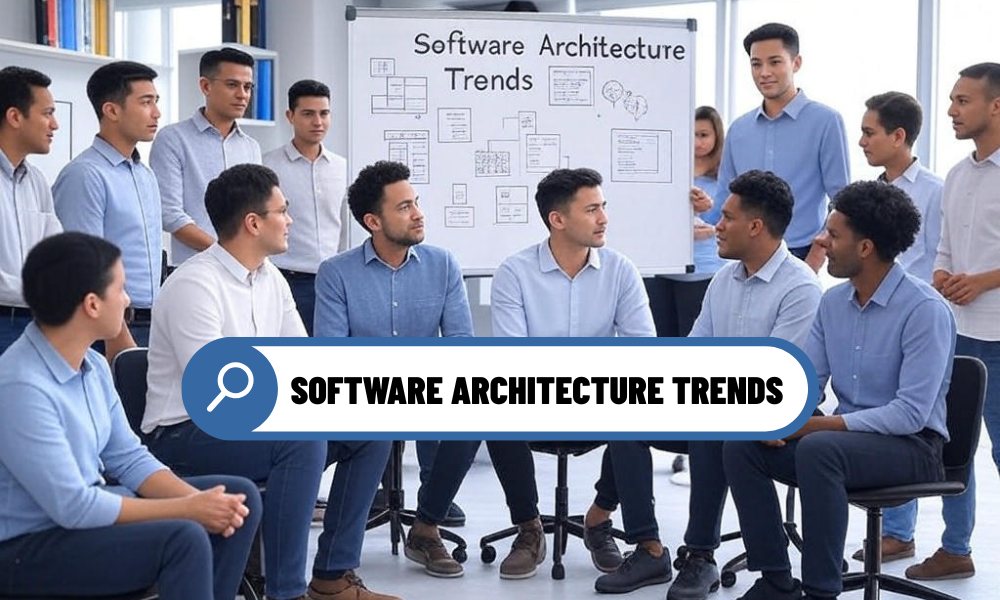The software architecture trends of 2025 are redefining how we design and deploy technology, driven by the need for scalability, security, and efficiency. As businesses navigate a rapidly evolving digital landscape, adopting these trends ensures systems are future-ready and competitive. This article dives into the most transformative shifts in software architecture, crafted for clarity and SEO optimization, to help you stay ahead in 2025.
AI-Infused Architecture for Intelligent Systems
Artificial Intelligence is no longer a standalone feature but a core component of modern software architecture. AI-infused architecture embeds machine learning and generative AI to create systems that adapt in real time, offering personalized user experiences and automated decision-making. For instance, e-commerce platforms use AI to analyze user behavior and optimize product recommendations instantly. This approach reduces development cycles and enhances reliability, making it a defining trend for 2025’s software architecture trends.
Serverless for Seamless Scalability
Serverless architecture is reshaping how developers build applications by eliminating server management. Cloud providers like AWS Lambda handle infrastructure, allowing teams to focus on code and deploy faster. This pay-as-you-go model ensures cost efficiency and automatic scaling during traffic spikes, ideal for startups launching MVPs or enterprises streamlining operations. Its flexibility and low overhead make serverless a cornerstone of the latest software architecture trends.

Security-First with Zero Trust
As cyber threats escalate, Zero Trust Architecture is becoming essential. This model verifies every user and device, assuming no inherent trust, through continuous authentication and encrypted data flows. Banking apps, for example, rely on Zero Trust to secure transactions. By prioritizing security, businesses protect sensitive data and ensure compliance, positioning Zero Trust as a critical part of 2025’s software architecture trends.
Sustainable Design for a Greener Future
Sustainability is influencing software architecture, with green design focusing on energy-efficient systems. Developers are optimizing algorithms and leveraging cloud resources to minimize environmental impact. Data centers, for instance, adopt these practices to reduce energy consumption without compromising performance. This trend aligns with corporate ESG goals and cuts costs, making it a rising force in the latest software architecture trends.
Why These Trends Matter
Embracing these software architecture trends empowers businesses to build systems that are intelligent, scalable, secure, and eco-conscious. They enable faster delivery, lower costs, and enhanced user satisfaction, keeping you competitive in a tech-driven world. To adopt these trends, explore cloud platforms like Azure or Google Cloud, which offer tools to simplify implementation.
The software architecture trends of 2025—AI-infused systems, serverless, Zero Trust, and sustainable design—are shaping the future of technology. By integrating these innovations, businesses can create robust, efficient, and responsible systems that meet modern demands. Start exploring these trends today to ensure your software architecture is ready for tomorrow’s challenges.